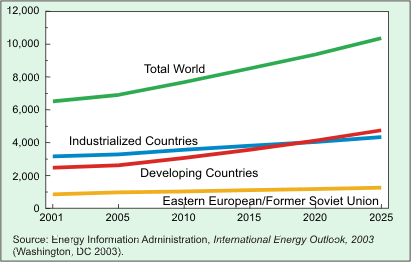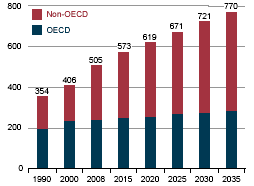The introduction
The major contributors to the release of greenhouse gases
One of the main contributors to the release of greenhouse gases is considered to be industry. Increased emissions of greenhouse gases cause greenhouse effect. This effect is mostly known as global warming. Nitrogen oxide, carbon dioxide, carbon monoxide, particulates, hydrocarbons, and sulfur oxide are the main greenhouse gases, which lead to negative environmental effects. Carbon dioxide, which traps heat, is often called a man-made greenhouse gas.
Despite the fact that numerous factories are responsible for carbon dioxide emissions, one is to keep in mind that there is a small percentage of CO2, which humans are responsible for; although, on the other hand, even a small percentage of the so-called man-made carbon dioxide aggravates the situation and alters the balance. “Fossil fuels, such as oil, gas and coal, while important sources of energy and revenue worldwide, have been identified as major contributors of man-made greenhouse gases” (“The Greenhouse Effect,” n. d.).
The thesis statement
Man-made emissions of greenhouse gases are mostly related to the burning of fossil fuels. Industry and the transport sector are considered to be the principal contributors to greenhouse gases’ release; so, an anthropogenic factor impacts on greenhouse effect, because it changes the balance.
The body
Underdeveloped countries’ emissions of greenhouse gases vs. developed nations’ emissions
Canada’s contribution to the greenhouse effect is considered to be one of the highest in the world, as Canada’s carbon dioxide emissions are equal to 2%. As far as Alberta’s fossil fuel industry is one of the largest in the world, one can conclude that it is one of the major manufacturers of various greenhouse gases, including carbon dioxide.
The transport sector cannot be neglected, as it can be regarded as the biggest source of energy-related emissions. Thus, in our days, emissions of greenhouse gases in underdeveloped countries seem to be lower in comparison with developed ones. However, the situation will be changed in the nearest future.

“Developing countries’ emissions are expected to grow above the world average at 2.7 percent annually between 2001 and 2025; and surpass emissions of industrialized countries near 2018” (“What is the Prospect for Future Emissions,” 2003). As far as man-made greenhouse gases emissions are mostly related to the consumption of energy in the form of fossil fuel combustion, the USA is recognized to be the major contributor to anthropogenic emissions.
While speaking about other countries, it is necessary to highlight some important data of the U.S. Energy Information Administration. According to EIA, non-OECD countries consume more energy than OECD nations. Keeping in mind the period from 2008, it becomes evident that non-OECD nations use much more energy than countries, which are the members of the Organization for Economic
Cooperation and Development, because of the global recession. Furthermore, inflation pressures underdeveloped nations experience cannot be ignored. It should be pointed out that even the countries with advanced economies experience tough times, and for this reason, the process of economic recovery seems to be rather slow. Financial turbulence of underdeveloped nations can be regarded as the key reason of non-OECD nations’ irrational energy use.

The conclusion
Underdeveloped nations seem to be more responsible for the release of greenhouse gases in comparison with developed countries. Taking into account the fact that the economy of non-OECD nations is developing, one can probably notice that the situation is aggravated with the global recession.
References
International Energy Outlook 2011. (2011). Eia. Web.
The Greenhouse Effect. (n. d.). Unl. Web.
What is the Prospect for Future Emissions. (2003). Eia. Web.